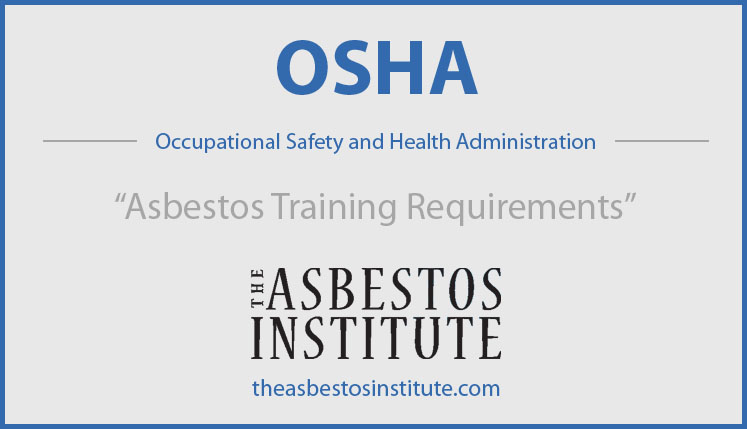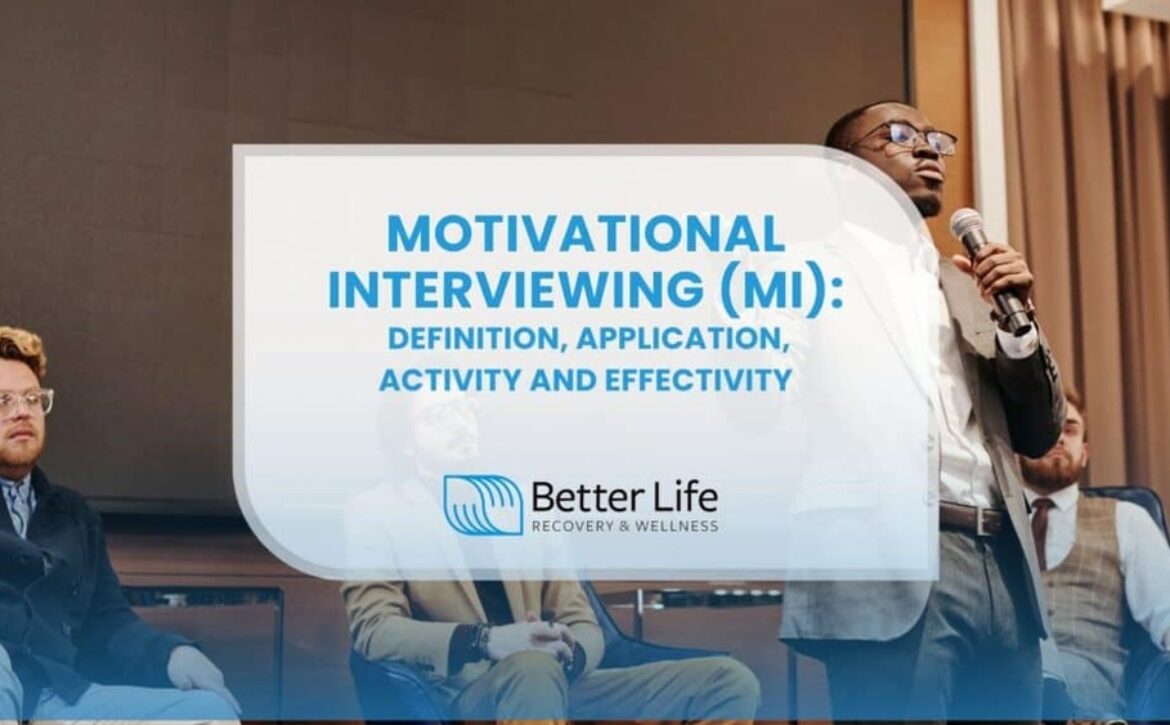How to Become a Translator Course: Expert Pathway Guide
Imagine turning your passion for languages into a rewarding career. Whether you’re fluent in Spanish, Mandarin, French, or any other language, becoming a translator can open doors to exciting opportunities.
But where do you start? How do you transform your language skills into a professional asset? This is where a “How to Become a Translator Course” comes into play. You’ll discover the essential steps and insider tips that can guide you on this path.
By the end, you’ll have a clear roadmap to kickstart your career as a translator. Let’s dive in and uncover the secrets to making your language dreams a reality.

Choosing The Right Course
Finding the best course to become a translator involves understanding your goals and language interests. Explore options that offer practical skills and real-world practice. A well-structured course can build confidence and proficiency.
Choosing the right course to become a translator is a crucial step in your journey. The course you select can significantly impact your skills, career opportunities, and confidence in the field. With numerous options available, how do you ensure you’re making the best choice for your future?
Accredited Programs
Accredited programs are a smart choice if you want a recognized qualification. These programs ensure that the curriculum meets industry standards, which is vital for gaining credibility with employers. Look for courses recognized by professional organizations like the American Translators Association or similar bodies in your country. Accreditation can also mean access to better resources and experienced instructors. This can greatly enhance your learning experience and make you a more competent translator. Remember, a course’s accreditation status is a testament to its quality and reliability.
Online Vs. In-person
Deciding between online and in-person classes depends on your lifestyle and learning preferences. Online courses offer flexibility, allowing you to study at your own pace and manage other commitments. This can be ideal if you need to balance work, family, or other studies. However, in-person classes provide a more interactive learning environment. You can engage directly with instructors and peers, which may enhance your understanding and motivation. Consider your schedule, learning style, and the level of interaction you desire when making this choice. Have you ever found yourself more engaged in a bustling classroom or do you thrive in a quiet, self-paced setting? Your past experiences can guide you in choosing the right format. Take time to reflect on what works best for you to ensure success in your translation journey.
Essential Skills For Translators
Embarking on a journey to become a translator is exciting, but it requires more than just knowing two languages. To succeed, you must hone a set of essential skills that set you apart and ensure your translations are accurate and meaningful. Let’s dive into three critical skills every translator must master: language proficiency, cultural awareness, and technical competence.
Language Proficiency
Language proficiency is the cornerstone of translation work. It goes beyond conversational fluency. You need an in-depth understanding of grammar, vocabulary, and nuances. Think of language as a living entity, constantly evolving.
Consider how slang changes from one generation to the next. Can you keep up with these shifts in both your source and target languages? Imagine translating a modern novel without knowing the latest slang—your work could quickly become outdated.
To improve your proficiency, immerse yourself in the language daily. Read books, watch movies, and engage with native speakers. Regular practice keeps your skills sharp and relevant.
Cultural Awareness
Cultural awareness is just as crucial as language skills. Words carry cultural significance that affects their meaning. A simple greeting can vary widely in implication across cultures.
Have you ever tried translating a joke, only to realize it falls flat in another culture? This is where cultural awareness comes into play. Understanding the context and cultural backdrop can make or break your translation.
Stay curious and open-minded about cultures. Attend cultural events, read about traditions, and interact with people from diverse backgrounds. This awareness enriches your translations and creates authentic connections.
Technical Competence
Technical competence in translation involves mastering tools and software that aid your work. It’s not just about using a dictionary or translation app. Many projects require specialized software for managing large texts or collaborating with teams.
Imagine working on a legal document without knowing how to use translation memory software. You might miss consistency in terminology or repeat previous errors. Learning these tools is essential for efficient and accurate translations.
Invest time in learning translation software and keeping up with technological advancements. Even a simple online course can boost your competence and confidence in handling complex projects.
Are you ready to develop these skills and elevate your translation career? Remember, each skill complements the other, creating a solid foundation for success. Whether you’re translating a novel, a business proposal, or a webpage, mastering these skills will ensure your work resonates with your audience and stands the test of time.
Course Curriculum Insights
Understanding the course curriculum is essential for aspiring translators. Courses are tailored to equip students with skills needed for translation careers. Dive into core subjects and elective options that shape your learning journey.
Core Subjects
Core subjects form the foundation of translation courses. Language proficiency is key. Students focus on grammar, vocabulary, and syntax. Courses often cover both source and target languages. Cultural understanding is another crucial element. It helps in translating context and nuances accurately. Students learn about ethical considerations in translation. This ensures professionalism and integrity in work.
Elective Options
Elective options allow students to customize their learning experience. These subjects offer specialized knowledge in specific fields. Legal translation is one popular elective. It covers terminology and concepts related to law. Medical translation is another choice. Students learn to translate complex medical texts. Technical translation focuses on industry-specific language. It includes engineering, IT, and technology sectors. Electives provide flexibility and cater to diverse interests.
Certification And Accreditation
Certification and accreditation are crucial steps on your journey to becoming a professional translator. They can open doors to exciting opportunities and provide credibility in the eyes of potential clients and employers. But what do these terms actually mean for you as a budding translator, and how can you navigate through the process effectively?
Industry Standards
Understanding industry standards is the first step in your certification journey. These standards ensure that translators meet a certain level of proficiency and professionalism. They often include specific guidelines on language skills, ethical practices, and technical expertise.
Meeting these standards can significantly impact your credibility. Imagine you’re applying for a translation job. Your certification acts as proof of your skills and commitment to maintaining high industry standards. Wouldn’t you prefer to hire someone who has been vetted by recognized authorities?
Recognized Bodies
Identifying recognized bodies for certification is essential. These organizations validate your skills and provide the credentials you need to stand out. Some of the most respected bodies include the American Translators Association (ATA) and the Chartered Institute of Linguists (CIOL).
Each body has its own set of requirements. The ATA, for example, offers a rigorous exam to test your translation skills. Passing such exams requires dedication and a deep understanding of both your source and target languages. Have you considered which body aligns best with your career goals?
Accreditation from these bodies not only enhances your resume but also boosts your confidence. When I received my accreditation from CIOL, it felt like a milestone in my career—proof that my skills were recognized on an international level. This recognition can be a turning point for your professional journey.
Choosing the right certification and accreditation can be daunting. Yet, with thorough research and determination, you can find the path that suits you best. How will you leverage these credentials to advance your translation career?
Career Opportunities
Embarking on a journey to become a translator opens up a world of exciting career opportunities. Whether you dream of working independently or within a bustling corporate environment, the field of translation offers diverse paths. Let’s dive into the various career opportunities that await you in this dynamic industry.
Freelance Translation
Freelance translation offers unparalleled flexibility and freedom. You can choose your projects, set your own rates, and work from anywhere in the world. Imagine translating a novel from your favorite café or interpreting business contracts while traveling abroad.
Building a strong portfolio and establishing a network of clients is key. Joining platforms like Upwork or Fiverr can help kickstart your freelance career. Are you ready to embrace the independence and variety that freelance translation offers?
Corporate Positions
Corporate positions in translation provide stability and structure. Companies often seek in-house translators for consistent and reliable language services. You might find yourself translating marketing materials, legal documents, or technical manuals.
Working in a corporate environment can also offer opportunities for advancement. As you gain experience, you might move into roles like project management or team leadership. Does the idea of collaborating with a diverse team and having a steady paycheck appeal to you?
Specialized Fields
Specializing in a particular field can set you apart as a translator. Industries like legal, medical, and technical fields require precise and accurate translations. Specialization not only enhances your expertise but often commands higher rates.
Consider your interests and strengths when choosing a specialization. If you have a background in engineering, technical translation might be your niche. Are you passionate about helping others? Medical translation could be your calling.
Whichever path you choose, the world of translation offers a wealth of opportunities. What will your translation journey look like?
Building A Portfolio
Building a portfolio is crucial for aspiring translators. It showcases your skills and attracts potential clients. A well-crafted portfolio demonstrates your abilities and professionalism. It can be your ticket to exciting translation opportunities.
Showcasing Skills
Highlighting your skills is key in a translator portfolio. Start by listing languages you know. Mention your proficiency level for each language. Include certifications if available. Show your understanding of different dialects and cultures. This tells clients you are versatile.
Add any specialized translation areas. Medical, legal, technical. These showcase your niche expertise. Clients seek translators with specific skills. Make your abilities stand out.
Creating Samples
Creating translation samples is essential. They demonstrate your style and accuracy. Choose various texts to translate. Literary, technical, marketing. This shows your range.
Ensure samples are error-free. Proofread meticulously. Quality matters to clients. Include a brief note on each sample. Explain why you chose the text. Highlight challenges you overcame. This adds depth to your portfolio.
Always update your samples. As you gain experience, showcase new skills. Keep your portfolio fresh. Attract more clients with recent work.
Networking And Professional Development
Networking and professional development are crucial aspects of becoming a successful translator. Building connections and continuously improving your skills can open doors to new opportunities and enhance your career. Let’s explore how you can effectively network and develop professionally in the translation industry.
Joining Associations
Becoming a member of professional translator associations is a great way to connect with others in the field. These organizations often provide resources, workshops, and forums where you can learn from experienced professionals. As a member, you may gain access to exclusive job listings and industry news.
Consider joining associations like the American Translators Association or International Federation of Translators. Memberships often come with benefits like certification programs that can bolster your credentials. Being part of these groups signals your commitment to the profession and can enhance your credibility.
Attending Conferences
Conferences are excellent venues for networking and learning. They offer a chance to meet other translators, industry leaders, and potential clients. Attending sessions can expand your knowledge about the latest translation tools and techniques.
Imagine attending a conference where you meet a fellow translator who shares a valuable tip about a new software that streamlines translation processes. Such interactions can be transformative. You might even find collaborations that lead to exciting projects.
Conferences also present opportunities to showcase your expertise. Whether through speaking engagements or participating in panels, sharing your insights can establish you as a thought leader. Ask yourself: what could you gain from stepping onto that stage?
Networking is more than just exchanging business cards. It’s about building meaningful relationships that can support your growth. Are you ready to take steps towards enhancing your professional network?

Frequently Asked Questions
What Qualifications Do I Need To Become A Translator?
To become a translator, you typically need fluency in at least two languages. A bachelor’s degree in translation, linguistics, or a related field is often beneficial. Additionally, having certifications from recognized translation organizations can enhance credibility. Real-world experience through internships or volunteer work also helps improve skills.
How Long Does It Take To Complete A Translator Course?
The duration of a translator course varies depending on the program. Certificate courses can take a few months, while a bachelor’s degree might take three to four years. Online courses can offer flexible timelines, allowing you to complete them at your own pace.
Are Online Translator Courses Effective?
Yes, online translator courses can be highly effective. They offer flexibility and access to a wide range of resources. Many online courses provide interactive modules, expert guidance, and peer support. Choosing accredited programs ensures quality education and can help you develop the necessary skills for a successful translation career.
What Skills Are Essential For Translators?
Key skills for translators include excellent language proficiency, cultural understanding, and attention to detail. Strong research skills are vital for understanding context and terminology. Good communication and time management are also crucial. Familiarity with translation software can enhance efficiency and accuracy in your work.
Conclusion
Embarking on a translator course is a smart choice. It opens doors to many opportunities. You’ll gain valuable skills and knowledge. This journey enhances your language abilities. Plus, it boosts your career prospects. Translators are in high demand globally. You’ll connect cultures and people through language.
The skills you learn are useful in many fields. Start today and explore the world of translation. It’s an exciting path with endless possibilities. Remember, every lesson brings you closer to becoming a skilled translator. Keep practicing and stay committed.
Your future as a translator awaits!





























